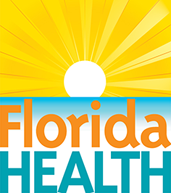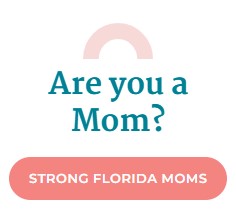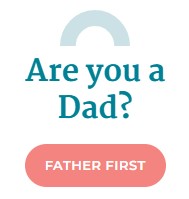Birth Certificates
Office of Vital Statistics
- 904-506-6081 x6092
- CHD55VS@FLhealth.gov
-
Fax
904-823-4062 -
Mailing Address
200 San Sebastian View
Saint Augustine, FL 32084
Hours: 8:15 a.m. - 4:30 p.m. Begin 3-1-2025
Order by Phone:
VitalChek 866-230-6769
Helpful Links:
Order Online Through VitalChek
VitalChek® is the only vendor recommended by the Florida Department of Health. VitalChek® is a 3rd party service, not affiliated with the Florida Department of Health. As such, fees charged by VitalChek® may be different than fees charged when ordering directly through your local health department office.
To protect the privacy of sensitive information and to prevent identity theft, birth certificates are not public records. Most often, copies of birth certificates are required for identification, to prove citizenship or other purposes such as obtaining a passport or driver’s license, enrolling in school, or applying for federal assistance or other benefits.
For birth certificates from another state, visit National Center for Health Statistics.
Who can obtain a copy of a birth certificate?
To protect the privacy of sensitive information and to prevent identity theft, birth certificates are not public records. As required by state law, access to birth certificates is restricted to the following:
- Individuals 18 years and older requesting their own birth certificate
- Parents listed on the birth certificate
- Guardians who present court documents showing legal custody
- Attorneys representing children or adolescents under 18. (They must also provide documentation.)
If the registrant is deceased, upon receipt of the death certificate, a birth certificate can be issued to the parent, spouse, child, grandchild, or sibling (if of legal age), or a legal representative of any of these persons.
What is the Fee for a Birth Certificate?
$15.00 for each certified copy.
Download Forms
- Application for Birth Certificate
- Credit Card Authorization Form
- Birth Certification Release Affidavit
Questions?
We are here to help! If you have any questions, please call DOH-St. Johns.
More information about Birth Certificates is available from the Florida Department of Health.





Connect with DOH